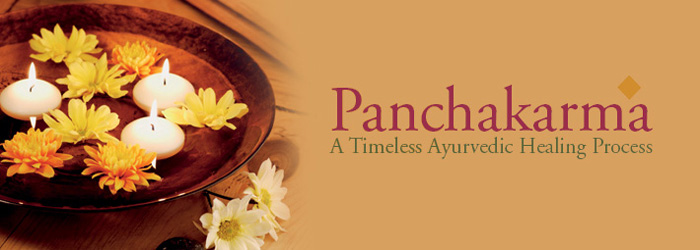
Panchakarma is a Sanskrit word that means “five actions” or “five treatments”. This is a process used to clean the body of toxic materials left by disease, poor nutrition and environmental toxins. Normally the body has the innate ability to efficiently process and remove these waste materials, including the vitiated doshas. However, due to one’s repeated dietary indiscretions, poor exercise patterns, lifestyle, and genetic predisposition, the digestive enzymes, metabolic co-factors, hormones, and agnis which regulate the body’s internal homeostasis become disorganized. This can lead to the accumulation and spread of toxins throughout the physiology resulting in disease. This waste matter is called ama in Ayurveda. Ama is a foul-smelling, sticky, harmful substance that needs to be completely evacuated from the body.Panchakarma will remove the excess doshas and correct imbalances in them as well as eliminate the harmful ama out of your system through the body’s own organs and channels of elimination (colon, sweat glands, lungs, bladder, urinary tract, stomach, intestines, etc). Panchakarma purifies the tissues at a very deep level.
The panchakarma treatment is unique to each individual and their body type (dosha), identifying the underlying factors in the ailment. Five purification methods are followed in the panchakarma cleansing therapy namely,Vamana (induced vomiting), Virechana (purgation), kashaya vasti and sneha vasti (two kind of me dicated enemas) and nasya(nasal medication). It is preceded by a preparatory process called Poorvakarma. At this stage the body is prepared for removing "toxins" first through Snehanam which makes the body unctuous or oily internally and externally and second through Swedana which means therapeutic sweating. Once the preparatory stage is completed, the doctor will prescribe one or more of the five panchakarma cleansing procedures depending on each individual's condition. The final stage of the treatment is Samana where the patient undergoes corrective measures through medicines, moderate therapeutic treatments, appropriate diet and activities for the body and mind. On the completion of panchakarma treatment, the imbalances that lead to diseases in the individual is stabilized and brought to equilibrium. Who Can Undergo Panchakarma treatment? People with age of 12 or above without any major illness can undergo this kerala panchakarma treatment. Since Panchakarma treatment in kerala is a purification therapy that correct health issues people with certain illness are not recommended to undergo this treatment.
Abhyanga/ Body massage is an integral part of the daily routine recommended by Ayurveda for overall health and well-being. It is a form of Ayurvedic treatment that involves massage of the body with specific warm herb infused oils. The oil is usually pre-mixed with herbs for specific conditions.
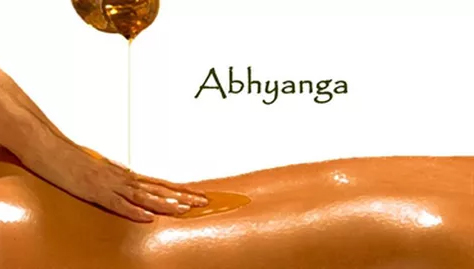
Abhyanga aids joint health, nourishes the dhatus (tissues of the body), stimulates vital points and brings aggravated doshas back to balance, also it improves the condition of dry, coarse hair and flaky skin. It is vigorous, and intended to open up the minor Sortas (channels), remove ama (toxins) through the skin, melt kleshma (fat secretions blocking the srotas), and cleanse and moisturise the skin. It prevents early ageing and relieves muscular aches and body pain. Abhyanga can also be used to soothe a Vata imbalance which will bring deep relaxation to the body and a peaceful mind.
Different kinds of Abhyanga
Bandage or Bandha is to tie. To immobilise any part of the body especially joint, this treatment is used. Usually done after Abhyanga/ massage.
Useful treatment in
It is a form of swedana or fomentation where pottali from powders of dried herbal medicines is made and applied on body. It can be applied in conditions involving pain and swelling.
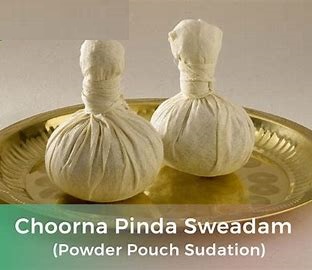
It helps in reducing pain, inflammation and stiffness of the muscles and joint structures.
This procedure is indicated in conditions like
In this, bolus made of medicinal powders is dipped in dhanyamla and applied over the body. Dhanyamla is a femented liquid prepared by natural fermentation procedure. In this combined benefit from pottali of medicinal powder as well as dhanyamla is obtained. It helps to alleviate Vata, Kapha, Vata-Kapha and Ama from the site.
It is effective in treating , m, j, Osteo arthritis, Spondylitis, post chikungunya and dengue joint pains, post viral arthralgia etc.
It is effective in treating
Dhanyamla or fermented liquid is poured over the body of patient for a fixed duration of time. This treatment is extensively used in clinical practices for effectively treating inflammatory diseases with pain. It relieves pain, stiffness and swelling associated with arthritis and other painful conditions.
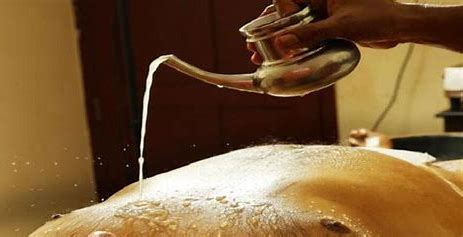
Indicated in all
Dhoomapana or inhalation of medicated smoke is one of the daily regimen to be followed by everyone to prevent diseases. In this, herbs or herbal powders are burnt in fire and the smoke is inhaled. This treatment makes the head, respiratory system and sense organs clean and healthy. It prevents the onset of diseases of the parts above the shoulders, arising from increased kapha and Vata.
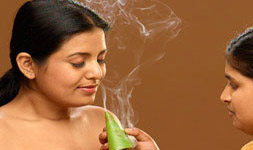
This is indicated in
In Gandusha, mouth is filled with medicated decoctions or oil at its maximum capacity for maximum time one can hold and then spitted out. This called as oil pulling. It is one of the daily regimens to be followed to prevents diseases of mouth, lips and tooth.
Procedure is indicated in diseases of mouth, throat, eyes, Increased saliva secretion, Nausea, Tastelessness.
Also helpful in treating
It is a form of localised treatment where medicated oil is made to retain over the neck or cervical region for a specific duration. When the oil is cooled it is replaced with warm oil. This helps to reduces pain and inflammation, improves degeneration of the cervical vertebra, Increases the flexibility of the joints and also improves the strength of the neck muscles.
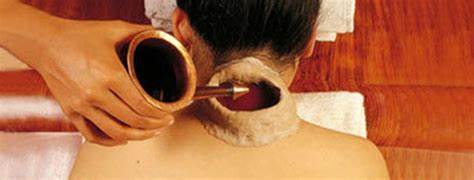
Treatment is indicated in conditions like
Leeches have been used in medicine to treat nervous system abnormalities, dental problems, skin diseases, and infections.Today, they’re mostly used in plastic surgery and other microsurgery. This is because leeches secrete peptides and proteins that work to prevent blood clots. These secretions are also known as anticoagulants. This keeps blood flowing to wounds to help them heal. Currently, leech therapy is seeing a revival due to its simple and inexpensive means of preventing complications.
During a session, live leeches attach themselves to the target area and draw blood. They release the proteins and peptides that thin blood and prevent clotting. This improves circulation and prevents tissue death. The leeches leave behind small, Y-shaped wounds that usually heal without leaving a scar. Leeches are effective at increasing blood circulation and breaking up blood clots. It should be no surprise that they can be used to treat circulatory disorders and cardiovascular disease. Chemicals derived from leech saliva have been made into pharmaceutical drugs that can treat:
Clinical trials suggestTrusted Source that leech therapy is an appropriate treatment for the common joint disease osteoarthritis. The anti-inflammatory and anesthetic properties in the leech’s saliva reduce pain and tenderness at the site of the affected
Leeches have become popular for preserving soft tissue and promoting healing after facial reconstructive surgery. In both old and new case studies, leech therapy has been shown to increase the chance of positive outcomes in reconstructions affecting the:
The progression of diabetes can cause numerous problems. These problems can lead to vessel diseases that limit or prevent blood from reaching the toes, fingers, hands, and feet. When blood flow becomes severely restricted, the affected tissue can die. This is the leading cause of amputation among people with diabetes. Losing a digit or limb due to complications from diabetes is a major concern for millions of people worldwide. The most effective way to stop this process is to increase circulation to the affected tissues without the risk of blood clots. ResearchTrusted Source has shown that leech therapy can play a role. The Hirudin substance in leech saliva thins the blood and keeps it from clotting. Since people with diabetes tend to have thicker blood, Hirudin can help relieve the pressure on the heart and cardiovascular system by thinning the blood. Researchers have observedTrusted Source positive outcomes in cases where Hirudin has been used for treat diabetes. A recent case studyTrusted Source showed how traditional Unani medicine, which includes leech therapy, was able to help save the foot of a 60-year-old woman with diabetes. Synthetic forms of leech saliva now exist, but researchers have discovered that using as few as four leeches in one session can help reduce the risk of amputation.
This is pouring of medicated decoctions over the body or on body parts for a particular duration from a specific height. It helps in removal of inflammation, edema, debris and flakes from skin and helps in faster healing.
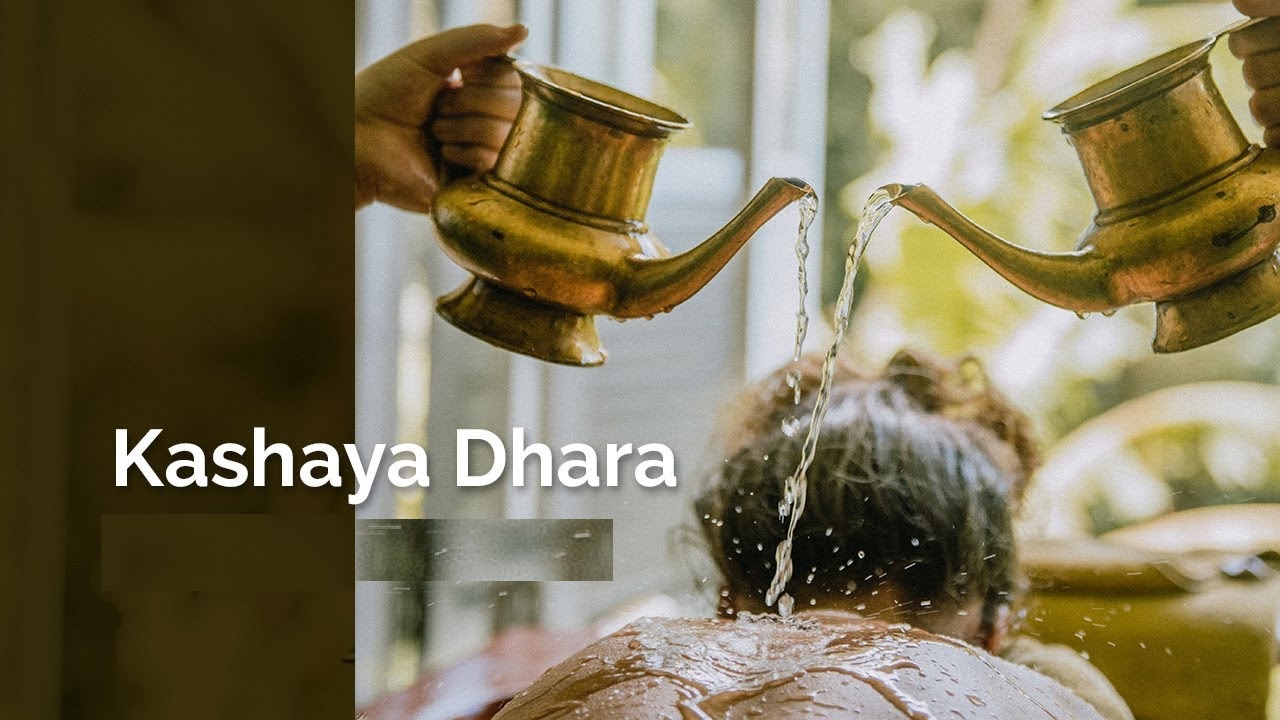
Indicated in
It is a form of localised treatment where medicated oil is made to retain over the low back or lumbar region for a specific duration. When the oil is cooled it is replaced with warm oil. This helps to reduces pain and inflammation, improves degeneration of the vertebra, Increases the flexibility of the joints and also improves the strength of the back muscles.
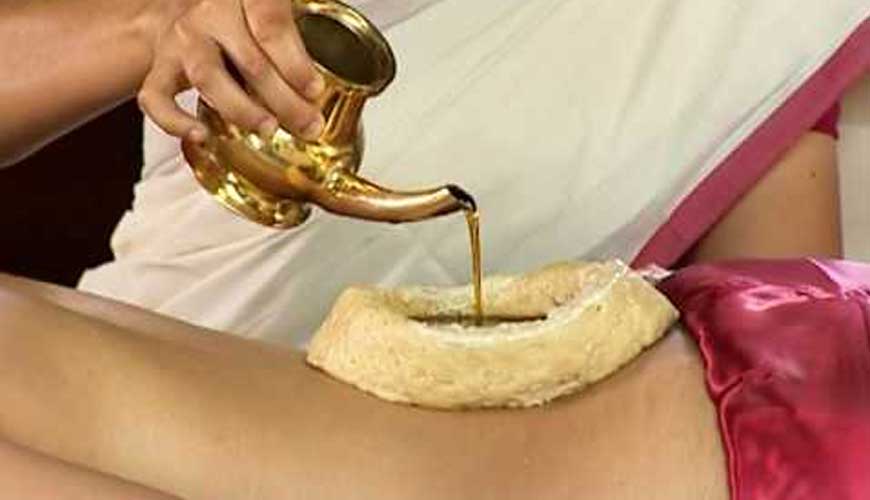
Treatment is indicated in conditions like
Fomentation using medicated warm oil by pouring it from specific height continuously for a stipulated period is called Kayaseka. It can be done for the whole body or part by part according to the requirement.
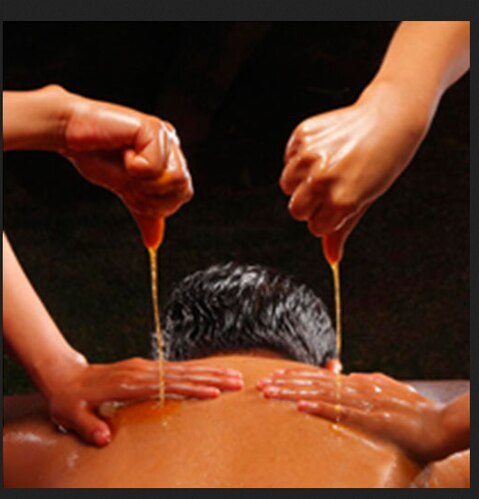
It is best indicated in Neuro muscular disorder, fractures, dislocation of joints, peripheral neuropathy, sprain, osteoarthritis, and osteoporosis.
It helps in
This treatment involves Inhalation of steam from medicated milk. This therapy begins with the application of suitable medicated oil on the face, neck and chest. The face and neck are then subjected to sweat profusely through steam generated from a combination of cow’s milk and herbal decoctions.
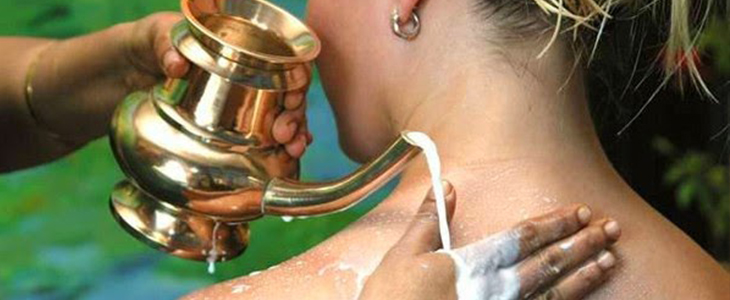
This therapy is effective for
Lepa is anointing of medicated paste over local body parts. This subsides localised inflammations, cleanses skin pores, exfoliates debris and Improves tone of muscles. It also hydrates skin, Improves colour and tone of skin. When applied on face it is called Mukha lepa.
Lepa is indicated in
Nasya is one of the panchakarma therapies to remove excess Kapha present in head and neck region. As nose is the passage for brain, medicines instilled through nose can treat diseases related to head and brain.
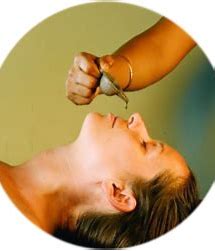
Nasya should also be done in a healthy person in VasantaRitu i.e., March to April to remove excess Kapha accumulated in region above shoulder due to cold season. Diseases related to head, especially region above shoulder including brain, nose, ear, eyes, throat, mouth, neck, hair are treated by Nasya karma.
It is very effective treatment for
In this procedure medicated ghee or oil is made to retain on eye of a specific period. Keeping the eyes closed, Medicated ghee or oil is liquefied and poured over the eyes up to the level of eyelashes and the patient is asked to open the eyes slowly. It acts as both preventive and curative therapy for maintaining normal healthy condition of eyes.
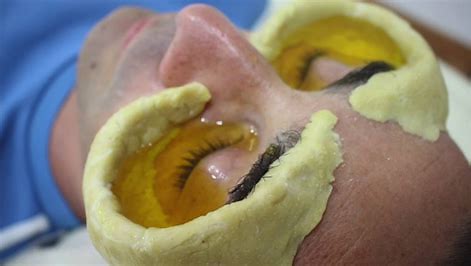
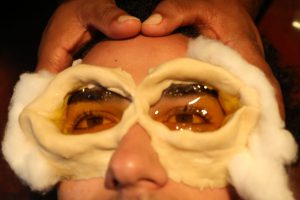
Indicated in
Padabhyanga or massaging the soles is one of the daily regimen to be done by each and every one. In this gentle massage using medicated oil is done on both soles in a specified manner with different strokes.
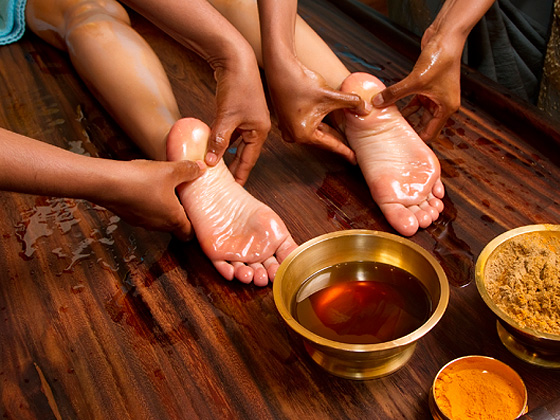
It is beneficial for
It is a form of swedana or fomentation. In this pottali from cut and fried medicinal leaves and powders of dried herbal medicines are made, dipped in oil and applied on body. This is done after anointing oil over body or body parts. Leaves used in this kizhi/pottali has analgesic and anti-inflammatory action which helps in reducing pain and swelling. This treatment also strengthen muscles and nerves.
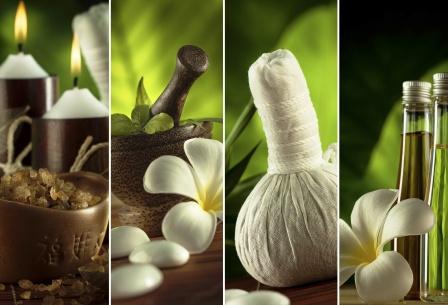
It is indicated in
It is localized treatment where a layer of cotton pad dipped in warm medicated oil is applied over body parts. The oil is replaced periodically to keep it warm and therapeutic. When similar procedure is done with medium heat on head it is called Shiropichu, which is considered an effective treatment for diseases of the cranial nerves arising from Vata disorder.
.jpg)
Pichu is indicated in local pains due to sprain, Frozen Shoulder, Carpel Tunnel syndrome, Tendonitis, Fracture and dislocation, Muscular Fasciitis, Sprain, Tennis elbow, Bursitis, Golfers elbow. Shiropichu relieves headache, migraine, induces sleep and improves memory.
Shiropichu relieves
It is one among the Panchakarma treatments in which a small amount of blood is let out of the body.
Benefits
What is Rasayana ?
The word Rasayana is a combination of two separate words Rasa and ayana. The word Rasa in this context means the first liquid tissue which nourishes all the tissues in the body and Ayana is its circulation. This means that if rasa dhatu is produced in optimum quality and quantity, then naturally all the tissues in the body will be nourished properly.
The method by which Rasa is carried to all the body tissues for biochemical metamorphosis is called as Rasakriya. Rasayana also means the purification of all tissues from Rasa to Shukra. It also aims at giving strength to senses, mind and intellect. Hence Rasayana or rejuvenation is such a form of treatment in which all the tissues are nourished and enhanced. The nourishment of vital tissues helps in stopping old age.
Thus it is useful for enhancement of qualities of life, span of life, increased intellect and enhanced physical strength. It also enhances the immunity of an individual leading to health.
Need for Rejuvenation
Our life style has become very hectic. This is due to over exertion – physical as well as mental. Day by day people are feeling in secured which increase stress. The diet has also become faulty as many people are using fast food items. The timing of eating has become irregular due to change in the duties and more and more persons are using stale foods with preservatives.
Due to availability of various gadgets in the kitchen, use of television, mobile phones and computers has resulted in lack of exercise. More and more people are becoming addicted to Alcohol, smoking, excessive sex, too much sleep and drugs. This all leads to low dhatu bala, low ojas, vitiation of all doshas; resulting in – premature aging, fatigue, debility, inability to adopt to stress, recurrent illness and depression.
Anti-oxidants – Rasayana foods, herbs and regimens helps to reestablish this balance.
Purpose of Rasayana
Rasayana should be used for three fold purpose - 1. Maintaining health, 2. Prevention of diseases and old age and 3. To avoid the recurrence of diseases. Sharangadhara has advised that in each group of age, every person should take specific rasayana for keeping healthy and fit. It should be kept in mind that Rasayana has a more preventive aspect than a curative one. Hence it is done after the treatment of disease to prevent recurrence of that disease or to nourish the tissues that have been damaged by the disease. It can also be done in absence of a disease to prevent the occurrence of diseases.
It is one of the popular rejuvenating therapies in which pottali is made from special variety of medicated rice is cooked with milk and herbal decoction. This is then applied in a synchronised manner to different parts of the body as a fomentation after oil application. This therapy tones up, strengthens muscles and nerves and therefore is highly recommended to treat ailments where there is atrophy of muscles and for neurological disorders. It also improves glow and overall appearance of the skin.
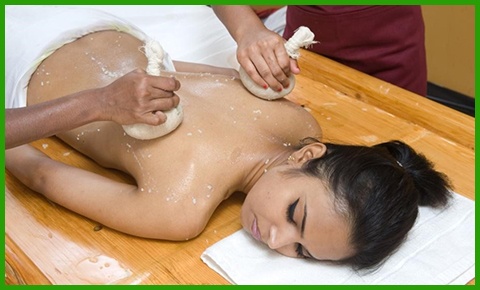
It is beneficial in
Shirovasti is a special technique to administer medicated oil on the head. The patient is made to sit upright and medicated oil, slightly warm, is poured onto the cap kept over the head. The oil is allowed to remain inside the cap for about 45 minutes or till the manifestation of proper signs of efficient treatment, whichever is earlier, and drained out.
Benefits
The term Shirodhara comes from two words “Shira” meaning head and “Dhara” meaning stream. Shirodhara includes pouring of warm herbal oil on the forehead in a continuous stream. Ayurvedic Shirodhara therapy is very effective in promoting sound sleep and reducing stress.
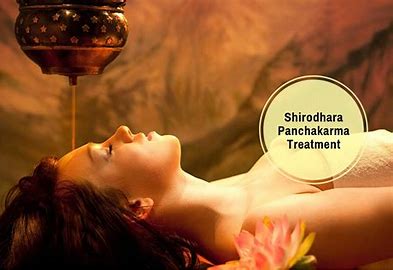
Benefits include
.jpg)
Application of Medicated paste on head followed by wrapping head with specific leaves is called Tala/ Thala podichil. It should be kept for 30-45 minutes depending on the condition of the patient. It also improves memory and concentration, relieves stress and tension, provides good sleep.
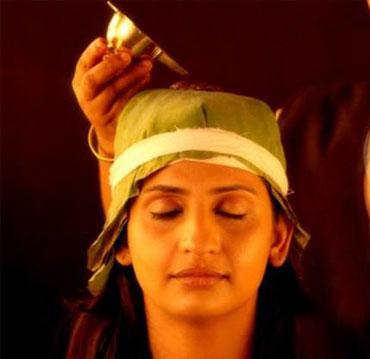
Indicated in
This is a type of bloodletting by puncturing the veins. The accumulated impure or de-oxygenated blood is drained locally from the effected vein.
Indicated in
Swedana or fomentation is a method in which body is made to sweat. Steam or sweda is given after Abhyanga or oil massage. The process relieves stiffness, heaviness, coldness of the body. Steam helps the body to remove toxins through sweat pores in skin.
Swedana/steam when given to whole body with the help of steam chamber, it is called as Bhashpa sweda. When steam is given to particular part of the body through Nadi/tube, it is called Nadi sweda.
Indicated in Hemiplegia, paraplegia, Arthritis, Parkinsonism, Spondylitis, Osteoarthritis, low back ache, Sciatica, Asthma and cough, Sinusitis, muscle sprain etc.
Benefits
In Takradhara, a stream of medicine infused buttermilk is gently poured on a person’s forehead. The Medicated buttermilk is a luxurious treatment, which calms the individual down. It induces coolness to the brain, relaxes the mind, reduces mental stress and increases memory power.
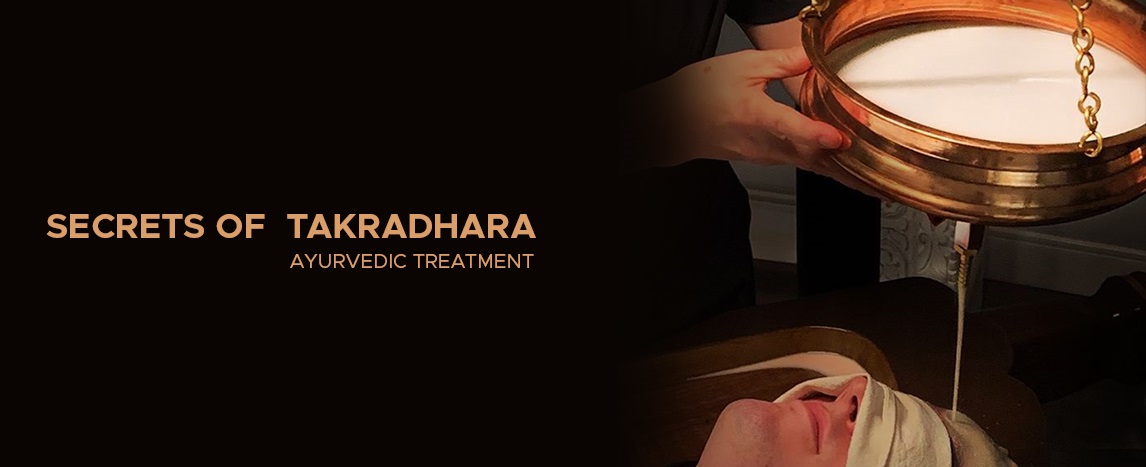
It is indicated in
It is the special therapeutic massage using herbal powder in a direction opposite to the direction of hair root. It is performed both dry and wet. The powder is rubbed forcibly over skin in dry type. Wet is done using oil or other liquids like Dhanyamla (fermented liquid). This massage stimulates hair follicles and subcutaneous fat tissue to break down subcutaneous fat storage.
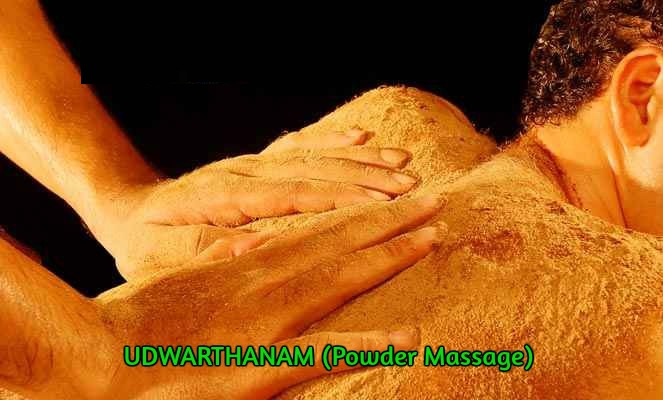
Udwartana is indicated in
It is one of the Panchakarma therapies in Ayurveda. Vamana Therapy is a medicated emesis that removes excessive Kapha accumulated in the body.
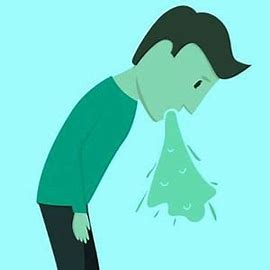
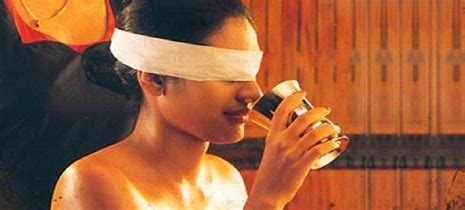
Vamana is prescribed in HemanthRitu to expel accumulated Kapha from body due to season.
It is also used as a curative therapy in people with
Application of the heat by inducing perspiration with heated pottali of sand is known as Valuka Sweda. In this type of fomentation, body part is subjected to sudation procedure without the need of prior application of oil, and is the unique feature of this treatment. So this treatment is very effective in cases where oil application is contraindicated. It helps in reducing pain and inflammation.
This treatment is highly beneficial in
Vasti is one among the panchakarma therapies to remove excess and vitiated Vatadosha. It cleanses all channels in the body and thereby purifies body.
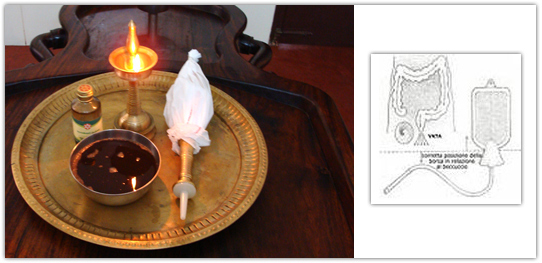
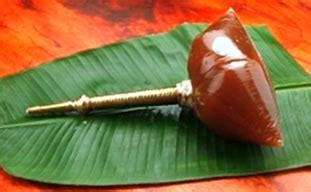
This is particularly indicated for diseases of Vata in large intestine and digestive tract.Vasti treatment is beneficial in persons with Vata nature to control excess vata.
It is effective in diseases like o, r, g, c, a, s, o, , o,.It is effective in diseases like
Virechana is one of the Panchakarma treatments in which excess or vitiated Pitta Dosha is removed from body through purgation therapy.
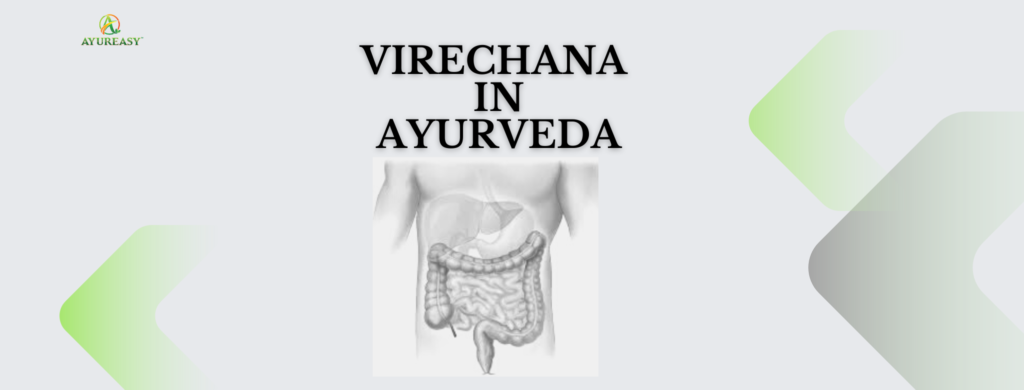
Virechanais indicated in a healthy person in sharadritu i.e., September-October to remove aggravated Pitta Dosha accumulated in body and prevent Pittaja diseases.
It is also effective in diseases like
Ayurveda has eight branch, together called as Ashtanga ayurveda. Vajikarana is one of the branch of Ashtanaga ayurveda. Vajikarana is made up with two words, vaji and karan. Vaji mean horse and karan mean power, together its meaning is drug which on consumption give power of sex and work like horse. This modern life apart from medicine and yoga, Rasayana and vajikarana also important. Ayurveda has detail description of vajikarana, which is useful for human being.
Definition: Rasayana which increases the quality of sexual or reproductive organ is termed vajikarana. The word vaji means a ‘horse’ and the horse have prominent sex organ and associated with powerful sexual vigour.
Classification:The medicines used for Vajikaraṇa may be classified in 4 groups – Sukrala, SukraRecaka, SukraStambhaka and SukraSoṣaka.
Benefits of Vajikarana: Charak Samhita lays down the following benefits of Vajikarana therapy.
Good Diet: Charak Samhita lays down the following benefits of Vajikarana therapy.